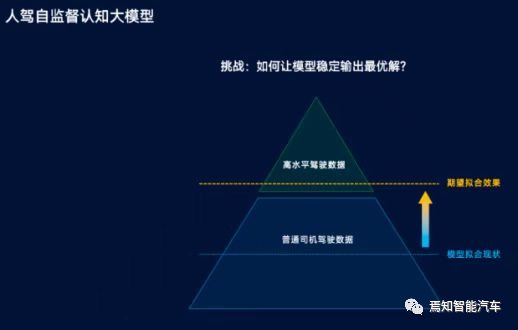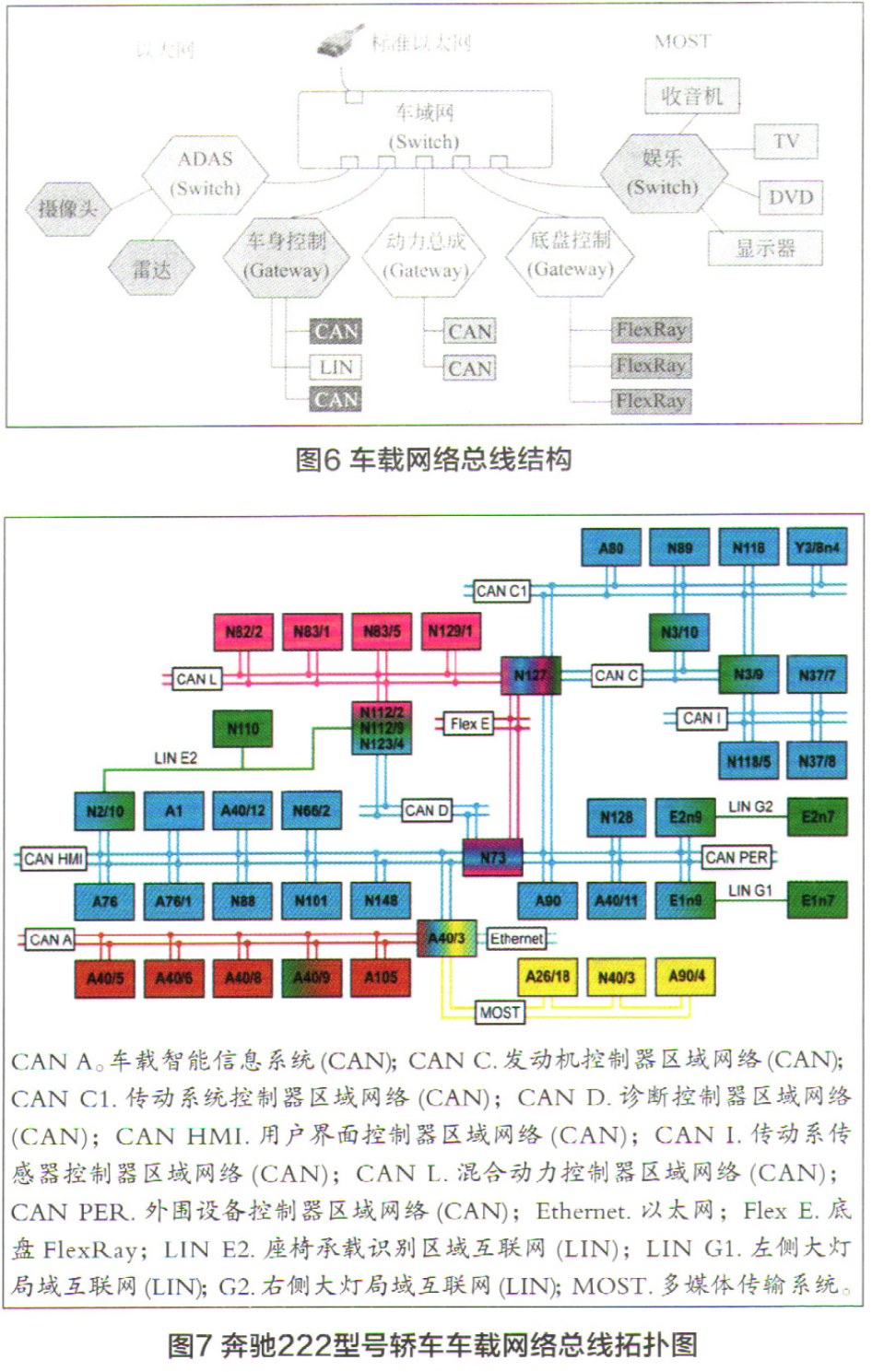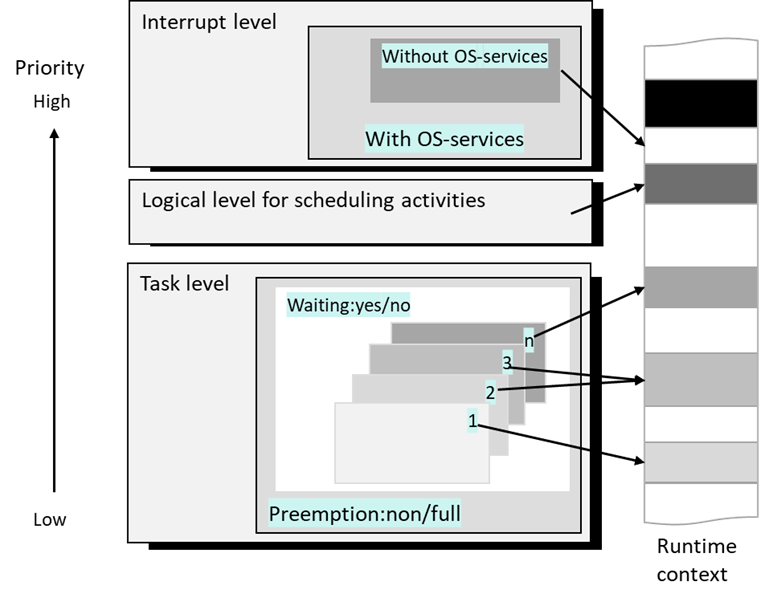IEC 61508ED2: series 05 -- System and Hardware
[Author]
Renhong WENG, Safety, and Security, and RAMS investigator.
First: hardware safety integrity
there are 2 parts:
1.architectural constraints on hardware safety integrity
Route 1_H based on hardware fault tolerance and safety failure fraction concepts
Route 2_H based on component reliability data from feedback from end users, increased confidence levels and hardware fault tolerance for specified safety integrity levels
2.requirements for quantifying the random hardware failures
Second: systematic safety
there are 3 routes for systematic safety:
Routes 1s: compliance with the requirements for the avoidance of systematic faults, and requirements for the control of systematic faults
Routes 2s: compliance with requirements for evidence that equipment is proven in use
Routes 3s: OK for pre-existing software elements only.
Third: fault, error, failure type introduction
| Failure type | IEC 61508 | ISO 26262 |
| fault | abnormal condition that may cause a reduction in, or loss of, the capability of a functional unit to perform a required function | abnormal condition that can cause an element or an item to fail |
| fault avoidance | use of techniques and procedures that aim to avoid the introduction of faults during any phase of the safety lifecycle of the safety-related system | |
| fault tolerance | ability of a functional unit to continue to perform a required function in the presence of faults or errors **problem of only one actuator to be single point fault, though the random hardware failure can meet the given ASIL or SIL requirments, but the hardware safety concept of R_H1 not fulfilled | ability to deliver a specified functionality in the presence of one or more specified faults **this definition is not the essence of fault tolerance. **problem of only one actuator to be single point fault, though the random hardware failure can met the given ASIL or SIL requirements, but the hardware safety concept cannot meet the systematic failure requirements, that is the problems in ISO 26262 |
| failure | termination of the ability of a functional unit to provide a required function or operation of a functional unit in any way other than as required. Only the function unit, and different layers had been defined, easily to be understood. | termination of an intended behaviour of an element or an item due to a faultmanifestation not good enough for the vocabulary to centralized, like element, component, system, etc which had caused inevitably misuse in some scenarios |
| random hardware failure | failure, occurring at a random time, which results from one or more of the possible degradation mechanisms in the hardware **Also the random hardware failures induced both by design, BSR, environment, and production, commissioning, operation, decommissioning, deposites, etc, so the SN 29500, FIDES, and as well those including the failures in the production, etc, we prefer the IEC 61709-2017, will not use the IEC TR 62380 any more **Preferably, the reliability focus on beta=1, but the times will cover from between B20-B80 of the life time confidence level, in 20% and 80% percent of the focus. (personal expectation) in 0~20%, quality issue, ppm shall be lower than 100ppm by manufacturing cost, problems in design, manufacturing, product, EOL, etc in 20%~80%, constant hardware failure, at that time, beta=1, caused in random hardware fault, PFH or PFH shall be calculated in this periods, for the target functional safety design if can meet the reliability hands-on target in 80%~deposite, beta>1, aging, and environment factors | failure that can occur unpredictably during the lifetime of a hardware element and that follows a probability distribution **ISO 26262 did not reveal the essence of the random hardware failures |
| systematic failure | failure, related in a deterministic way to a certain cause, which can only be eliminated by a modification of the design or of the manufacturing process, operational procedures, documentation or other relevant factors **same with ISOs | failure related in a deterministic way to a certain cause, that can only be eliminated by a change of the design or of the manufacturing process, operational procedures, documentation or other relevant factors |
| dangerous failure | failure of an element and/or subsystem and/or system that plays a part in implementing the safety function that: a) prevents a safety function from operating when required (demand mode) or causes a safety function to fail (continuous mode) such that the EUC is put into a hazardous or potentiallyhazardous state; or b) decreases the probability that the safety function operates correctly when required | N/A, ISOs didnot have the similar way of dangerous failure, but have rather in comparison is following failures may included in dangerous way: -single point failure -residual failure -multipoint failure but the safety-related failure is not directly dangerous failure |
| Safe failure | failure of an element and/or subsystem and/or system that plays a part in implementing the safety function that: a) results in the spurious operation of the safety function to put the EUC (or part thereof) into a safe state or maintain a safe state; or b) increases the probability of the spurious Ioperation of the safety function to put the EUC (or part thereof) into a safe state or maintain a safe state | in ISOs, safe failure as well regarded as multipoint failure and those not contribute into the violation of safety goal failure rate. |
| spurious operation | IECs considers spurious activations as safe failures, and that they result in the safe state of the UEC | N/A |
| dependent failure | failure whose probability cannot be expressed as the simple product of the unconditional probabilities of the individual events that caused it | failures that are not statistically independent, i.e. the probability of the combined occurrence of the failures is not equal to the product of the probabilities of occurrence of all considered independent failures *ISOs will pay much attention in this aspect |
| error | discrepancy between a computed, observed or measured value or condition and the true, specified or theoretically correct value or condition *IEC and ISO are the same definition | discrepancy between a computed, observed or measured value or condition, and the true, specified or theoretically correct value or condition |
| soft-error | erroneous changes to data content but no changes to the physical circuit itself *most in the semiconductor | N/A *describe in the ISOs-11 |
| safe failiure fraction | if symplified into constant failure distribution | N/A |
| SPFM | N/A | |
| LFM | N/A | |
| PFDavg | mean unavailability of an E/E/PE safety-related system to perform the specified safety function when a demand occurs from the EUC or EUC control system *for low demand system | N/A |
| PFH | average frequency of a dangerous failure of an E/E/PE safety related system to perform the specified safety function over a given period of time | |
| PMHF | N/A | PMHF in ISO 26262-5, 10 |
| MTTR | expected time to achieve restoration MTTR encompasses: | N/A |
| EOTTI | N/A | specified time-span during which emergency operation can be maintained without an unreasonable level of risk |
Forth: Hardware route introduction
1.R_1h
a) determine the safe failure fraction of all individual elements. In the case of redundant element configurations, the SFF may be calculated by taking into consideration theadditional diagnostics that may be available (e.g. by comparison of redundant elements);
b) determine the hardware fault tolerance of the subsystem;
c) determine the maximum safety integrity level that can be claimed for the subsystem if the elements are type A from Table 2;
d) determine the maximum safety integrity level that can be claimed for the subsystem if the elements are type B from Table 3.
Type A
Type B
Synthesis of System SIL capability determination
Manners of system SIL determination
2.R_2h
based on the reliability field:
a) based on field feedback for elements in use in a similar application and environment; and,
b) based on data collected in accordance with international standards and,
c) evaluated according to:
i) the amount of field feedback; and,
ii) the exercise of expert judgement; and where needed,
iii) the undertaking of specific tests
Type A: confidence level >=90%
Type B: confidence level >=60%
diagnosis test online like the DTTI or safety mechanisms in the ISO 26262
Proof test are more than the verification or validation, but add up all the evidence self proof can be provided.
IECs has the considerations of repair times for detected failures; MTTR, better than ISO 26262ED2, though ISO 26262ED2 defines the EOTTI, but actualy not clear enough
Wonderful consideration of DTTI in IECs.
Fifth: Proven in use
ISO 26262s not define clearly enough for understanding, further listed the definitions:
An element shall only be regarded as proven in use when it has a clearly restricted and specified functionality and when there is adequate documentary evidence to demonstratethat the likelihood of any dangerous systematic faults is low enough that the required safety
integrity levels of the safety functions that use the element is achieved. Evidence shall be based on analysis of operational experience of a specific configuration of the element together with suitability analysis and testing.
[REF]
IECs
ISOs
- 用户评论





